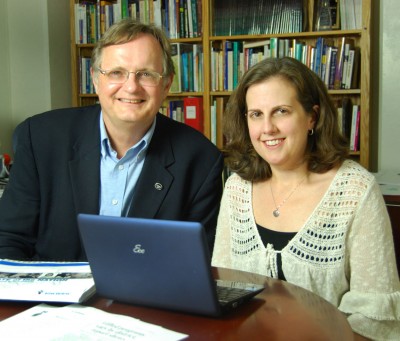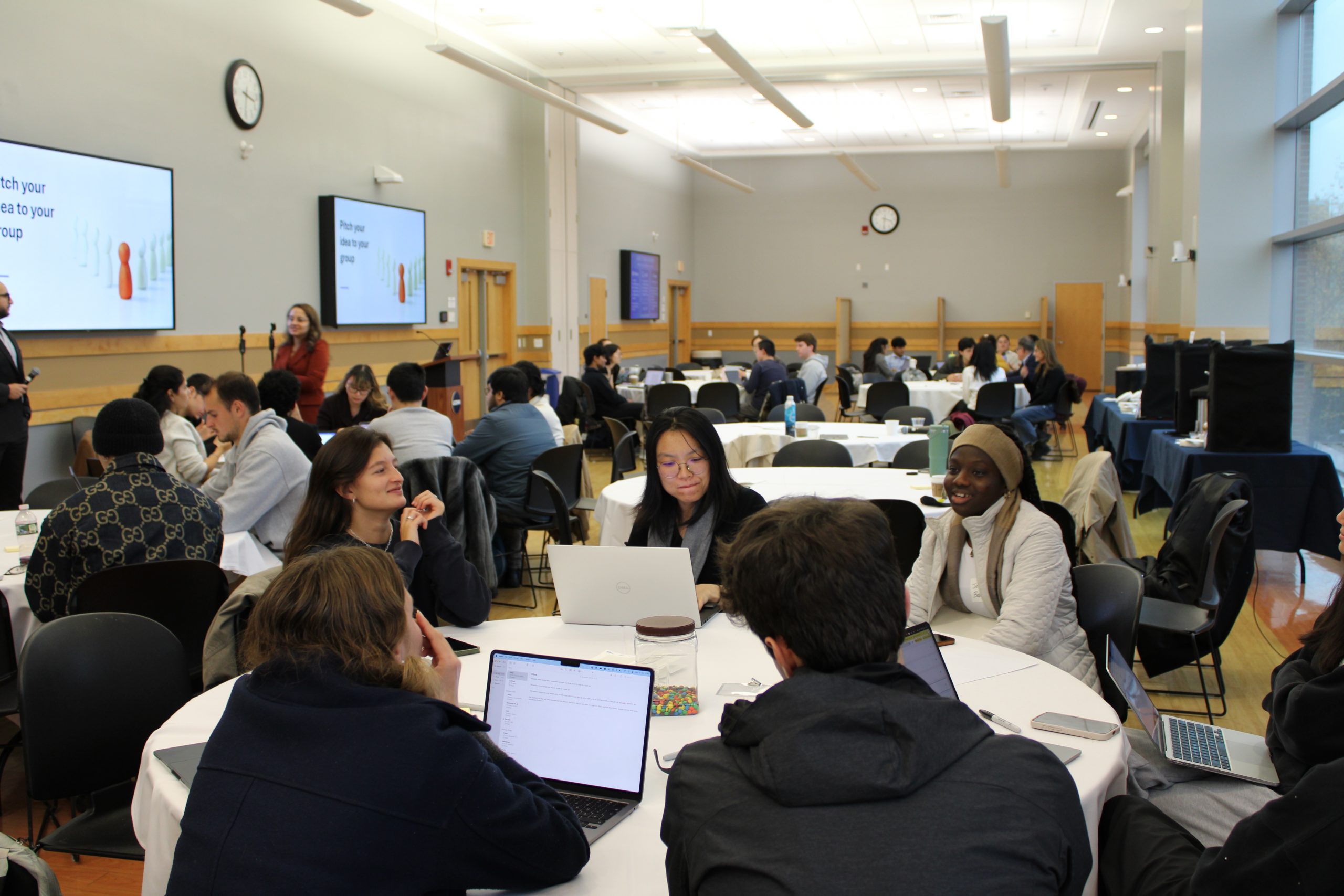The nation is failing its 3 million brightest students with dramatically uneven funding, policies and oversight of gifted education at the state and local levels, a Neag School of Education team found in a recent survey representing 47 states.
Del Siegle and Catherine Little, associate professors in gifted education at Neag, conducted the research with the assistance of graduate students Jaclyn Chancey and Hope Wilson. The “State of the States in Gifted Education” report was done for the National Association of Gifted Children, for which Siegle has served as president, and the Council of State Directors of Programs for the Gifted.
“What we found was a fragmented collection of policies and resources that vary greatly between states and local districts and that are almost universally under-funded and under-resourced,” Siegle said.
The ramifications are very local and very global. The report warns that the national lack of commitment, “if left unchecked, will ultimately leave our nation ill-prepared to field the next generation of innovators and to compete in the global economy.”
The federal government allocates less than 3 cents to the gifted for every $100 of education spending. And even in states that define giftedness and mandate services, key policies and most funding are set at the district level. Of the states that reported funding for gifted students, per-pupil expenditure varied sharply from $2 to $750 for the 2008-2009 school year.
The plight of any given gifted child is largely a matter of miles – where he or she lives. “For every local district that makes an outstanding commitment to gifted learners, we have scores of districts that do nothing,” Siegle said. “Whether a bright child’s talents are developed depends solely on where he or she happens to be lucky or unlucky enough to attend school.”
The flagging economy and the No Child Left Behind federal mandate have played heavy roles in leaving bright students in the lurch, Siegle has noted in pieces published by The Hartford Courant, The Philadelphia Inquirer and The Associated Press. “It is tragic that, in schools throughout our country, brilliant minds sit in the dark, waiting for a teacher to flip the switch that leads to excellence,” Siegle wrote in the Inquirer.
Little said that in this climate it’s harder than ever to get financial attention. “Gifted education sits on the chopping block with arts education and those things that are looked at as peripheral,” she said, with the dollars going to help low performers reach a standard in reading and math rather than achieving growth for all.
Only five of the 47 states required teachers to receive any training on working with the gifted before entering the classroom, “at a time when we know that most gifted students spend the majority of their school days in general education classrooms,” the researchers said. Ongoing training for how best to serve a gifted population also is not stressed in most states.
The state of Connecticut, which did not respond to the survey, requires schools to identify gifted students but does not require them to provide services, the researchers said.
Once a leader in educating the gifted, Connecticut no longer designates a state consultant for gifted education or provides program funding, and districts have cut gifted programs in higher numbers each year, said Sally M. Reis, Board of Trustees Distinguished Professor of Educational Psychology at the Neag School. The fallout is that “many learn to underachieve in school, expending minimal effort and never learning to work,” Reis said.
Because the main infrastructure for education in our country is local, there is little chance for a national policy on gifted education to evolve, Siegle and Little agreed. The opportunity lies with states sharing their successful models and advocating at the legislative level.
Siegle notes advocacy victories on the federal front, however, including the Equity in Excellence Act Sen. Chris Dodd, D-Conn., introduced just weeks ago that would deliver gifted services to high performers who are disadvantaged.



